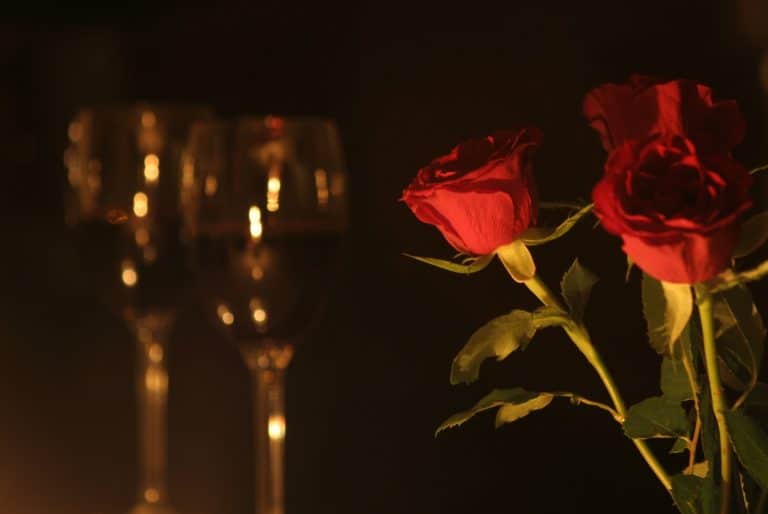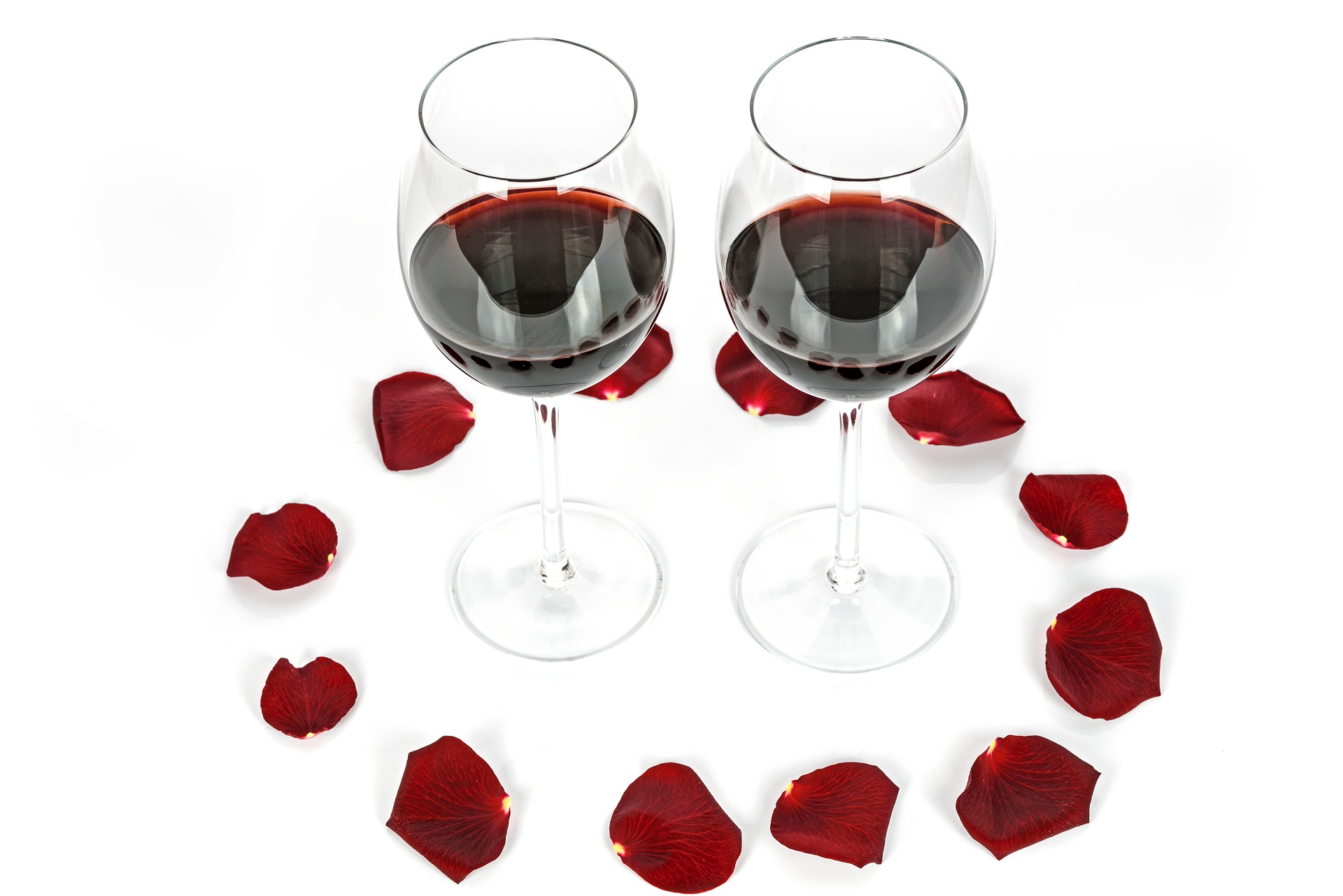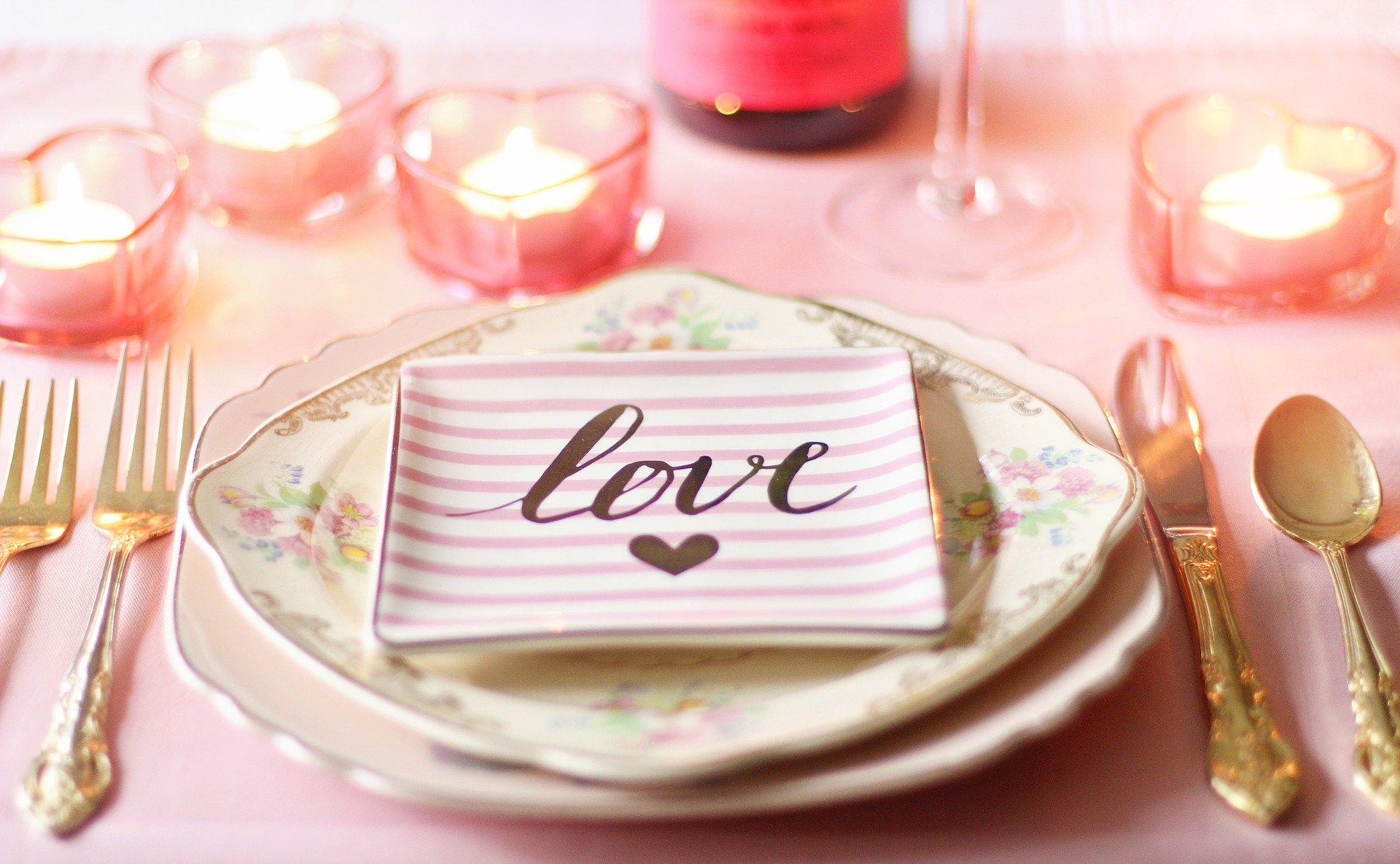
The most romantic day of the year? Who can say, but as St Valentine’s Day approaches restaurateurs start to get excited. Six weeks after the New Year, February 14th is often the first time we have seen our restaurants full since the end of year festivities. We plan special menus, order-in some roses and open the bookings diary all in the expectation of hearing the cash register play its merry tune. But how did we arrive at this over-commercialised money-printing exercise, which is now second to only Christmas?
By all accounts Valentine was a Roman priest and physician in the third century AD who was persecuted as part of a general persecution of Christians by Emperor Claudius II. He was later executed on February 14th. The Catholic church honored his martyrdom, Pope Julius is said to have had a basilica constructed above his grave, and celebrated St Valentine’s Day on February 14th.
St Valentine became associated with the sending of love messages because he is said to have sent a loving note to a child who he was teaching before his execution and signed it from “your Valentine”. He also may have carried out wedding ceremonies for young lovers at a time when marriages were forbidden. It is also possible that there could have been three priests named Valentine, all of whom were executed at different times in history. St Valentine is also the patron saint of epilepsy and beekeepers.
The Catholic church may have imposed St Valentine as a means to supersede the pagan festival of Lupercalia in which women would be slapped with a goat hide dipped in sacrificial blood in order to make them more fertile. Mid February is also believed to be the start of the mating season for some species. From these historical legends how did we arrive at the modern concept of Valentine’s Day?
Throughout the years poets and authors such as Shakespeare and Chaucer have popularised Valentine’s Day as a day of loving. By the mid eighteenth century in Britain Valentines’ messages had become popular and then, with improved printing techniques, ready made cards became available. In America a lady by the name of Esther Howland started making elaborate Valentine creations and has become known as the mother of Valentines. Although it started as a Christian feast day, with the advent of mass production, commercialisation and print media St Valentine’s is now one of the biggest non-religious festivals in the western world.

St Valentine’s day or, as it has become in some places, St Valentine’s week is certainly an opportunity for the hospitality industry to cast off some of those winter blues. But is it actually that profitable? A restaurant with twenty tables, fifteen of them four-tops, would seat seventy covers on a full session but only likely to seat forty covers for St Valentine, although I have booked tables of three and four for St Valentine and even a twelve!
With so many couples wanting to eat out on February 14th it’s surely feasible for restaurants to offer at least two sittings and inform customers that their time is limited. I realise many restaurants do this on a regular basis throughout the year but I know from experience that certainly many British customers are not happy with this concept.

This year February 14th falls on a Sunday which definitely gives us an opportunity to fill the restaurant all weekend, except that here in France all restaurants and bars are still closed and we have a 6pm curfew. We are currently writing our Valentine menu to be served as a takeaway meal and collected from the restaurant door by 5pm.
Over the past twelve months we have learned to adapt to an ever-changing situation in terms of being able to open and what hours people are allowed to venture out. Our menus have had to become takeaway friendly and our marketing has gone almost exclusively online. But we managed a four-course meal takeaway for Christmas Eve so St Valentine’s should be a piece of cake!
Here is our proposed menu for the Valentine weekend (translated from French)
To start;
Breaded Scallops served with Catalan Black Pudding and a Pea Purée OR
A Platter of Tapas to Share
Main Courses
“Chateaubriand” of Duck with Foie Gras, Roasted Turned Potatoes and a Green Peppercorn Sauce To Share OR
Individual Salmon En Croute with a Light Saffron Cream Sauce
Dessert
Raspberry and Chocolate Tart